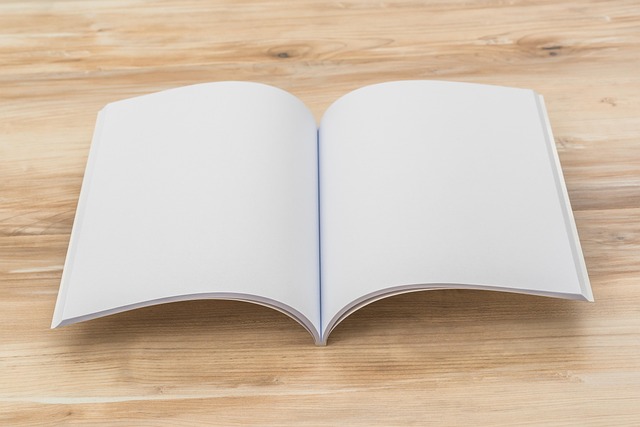When it comes to creating a stunning photo book, mastering lighting techniques is imperative. Lighting can make or break the aesthetic appeal of your photographs, ultimately influencing how your audience perceives the narrative behind your images. Understanding the nuances of photography not only enhances your skills but also enriches the overall quality of your photo book.
Imagine flipping through a beautifully curated photo book, where each image is bathed in light that highlights every detail. The interplay of shadows and highlights can evoke emotions, create depth, and tell a story beyond what is captured in the frame. Knowing how to manipulate lighting effectively can elevate your photo book from ordinary to extraordinary.
Essential Lighting Techniques
The foundation of any great photograph lies in its lighting. Here are some essential techniques to consider when preparing for a photo book shoot:
- Natural Light: Utilizing natural light can produce breathtaking images. The golden hours—just after sunrise and before sunset—offer soft, diffused light that is flattering for most subjects. Experiment with different times of day to see how the quality of light changes your images.
- Artificial Lighting: For indoor shoots or low-light conditions, artificial lighting can be your best friend. Whether it’s a softbox, umbrella lights, or ring lights, these tools enable you to create the desired mood and highlight textures that add depth to your photographs.
- Backlighting: Placing your subject in front of a light source creates a silhouette effect. This technique can add drama and mystery to your photos, making them stand out in your photo book.
Optics and Exposure
Your camera’s optics play a crucial role in how light interacts with your images. Understanding exposure settings—aperture, shutter speed, and ISO—allows you to take full control of your photographs. A wider aperture (smaller f-number) will let in more light, resulting in a beautifully blurred background. Conversely, a smaller aperture (larger f-number) keeps more of the scene in focus, perfect for landscape shots in your photo book.
Adjusting your shutter speed is equally important. A faster shutter speed can freeze motion, capturing the decisive moment, while a slower speed can create a sense of movement. Balancing ISO settings is vital too; a higher ISO might introduce noise but can be ideal for low-light situations. Finding this equilibrium will ensure your photos are crisp and vibrant.
Telling a Story with Light
Every photo tells a story, and lighting is a powerful character in this narrative. High-contrast lighting can evoke feelings of tension or excitement, while softer, diffused light can create a sense of calm and tranquility. As you curate your photo book, think about the emotional journey you want your readers to experience and how lighting can enhance that.
Experiment with different light sources and angles to discover what truly resonates with your style. Embrace the challenges of various lighting conditions; each presents opportunities for creative expression. The more you practice, the more intuitive you’ll become in using light to your advantage.
As you explore the world of photography, remember that mastering lighting techniques is an ongoing journey. With each click of the shutter, you’re not just capturing an image; you’re crafting a moment that will live on in your photo book for years to come.




